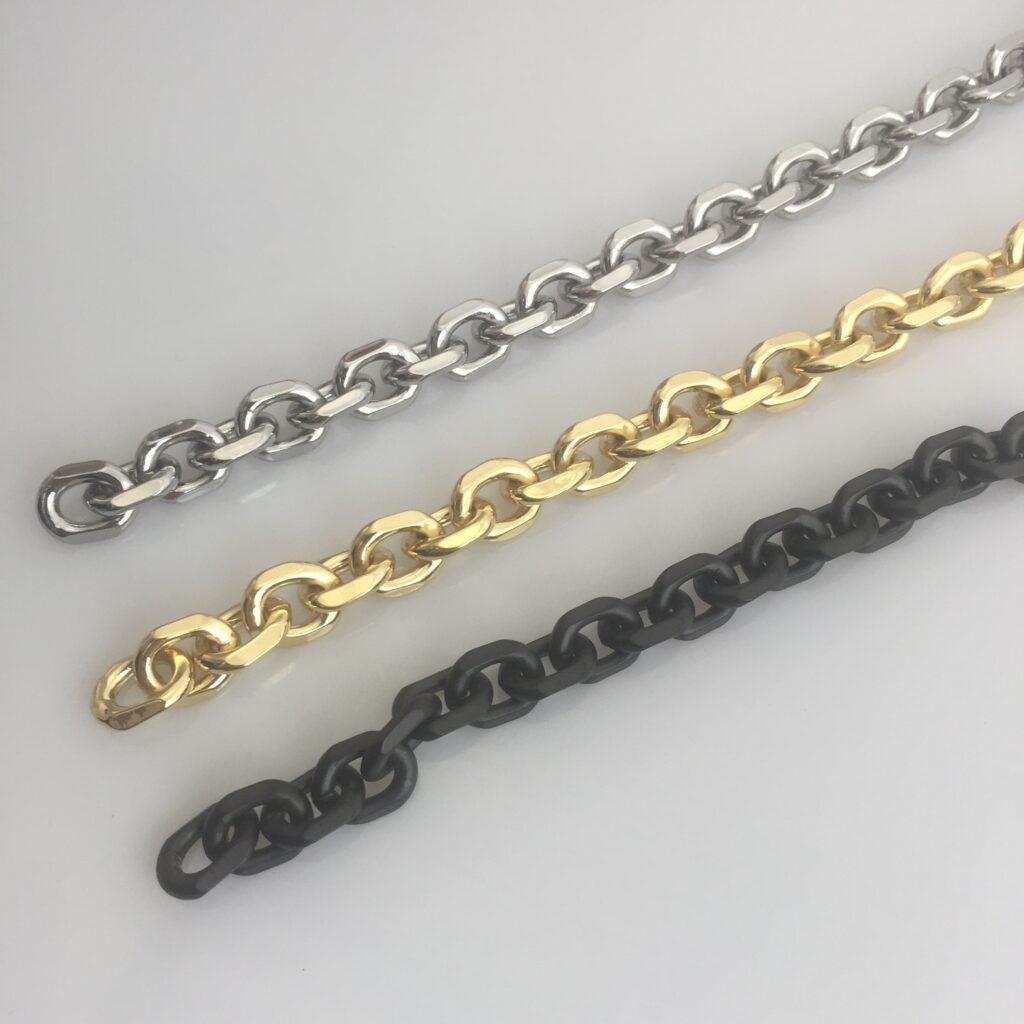The Unsung Hero of Luggage Design: A Complete Guide to Rivets
While often overlooked in luggage design, hardware components are crucial in determining a product’s durability and aesthetic appeal. Among these, rivets stand out as a classic fastening solution, widely used in suitcases, backpacks, handbags, and even high-end leather goods. More than just functional connectors, rivets also serve as stylish decorative elements. This article delves into the types, materials, manufacturing processes, and selection criteria of luggage rivets.
-
The Role of Rivets in Luggage
- Structural Reinforcement
– High-stress areas (e.g., handles, straps, and corners) are prone to wear and tear from prolonged use. Rivets help distribute pressure, enhancing durability.
– Example: Suitcase pull-handle bases and backpack shoulder strap attachments often rely on rivets for reinforcement.
- Decorative Accents
– The metallic sheen and design of rivets can add industrial, vintage, or punk aesthetics to luggage.
– Example: Luxury brands like Louis Vuitton and Gucci often use copper rivets to elevate their signature monogram collections.
- Functional Support
– Some rivets feature rotating or perforated designs to secure straps, hooks, or other accessories.
-
Common Types of Luggage Rivets
- By Function
– Solid Rivets: The most common type, used for permanent fastening with tools like eyelets or copper rivet setters.
– Hollow Rivets: Lightweight and ideal for temporary fabric or leather fastening, though less load-bearing.
– Screw Rivets (Threaded Rivets): Allow for detachable assembly, useful in modular systems like tactical backpacks with MOLLE webbing.
– Decorative Rivets: Purely aesthetic, seen in designs like pyramid studs or spike rivets, popular in punk or biker-style bags.
- By Appearance
– Flat-Head Rivets: Minimalist and practical, suited for sleek designs.
– Dome-Head Rivets: Classic and vintage-inspired, often found in messenger or workwear bags.
– Novelty Rivets: Star-shaped, gear-shaped, or skull-shaped for bold, personalized styles.
-
Material Choices for Luggage Rivets
Different materials impact corrosion resistance, weight, and cost:
| Material | Characteristics | Best For |
|————–|——————————————————————————–|———————————-|
| Copper | Highly oxidation-resistant, polishes well, develops a patina over time; premium-priced. | Luxury leather goods, vintage styles |
| Zinc Alloy | Cost-effective, can be plated in gold/silver/black, but prone to wear. | Budget luggage, fast fashion |
| Stainless Steel | Rust-proof and high-strength, but heavier with a matte finish. | Outdoor/military backpacks |
| Aluminum | Lightweight for modern designs, though less durable. | Carry-ons, lightweight bags |
| Titanium | Exceptionally strong yet light, ultra corrosion-resistant, but expensive. | Premium travel gear, mountaineering packs |

-
Rivet Manufacturing Techniques
- Compression Fastening
– A rivet gun or hydraulic press flattens the rivet tail for a permanent hold.
– Used for solid rivets; requires precision to avoid damaging leather or fabric.
- Screw Fixing
– Threaded rivets allow manual tightening for easy repairs but need periodic checks.
- Welding/Bonding
– Some metal rivets are welded to luggage frames (e.g., aluminum suitcase structures).
– Decorative rivets may use adhesive, though less durable.
-
How to Assess Rivet Quality?
- Surface Inspection: High-quality rivets have even plating with no burrs or oxidation.
- Hardness Test: Poor plating flakes when lightly scratched with a nail.
- Structural Check: Solid rivets should fit snugly; hollow rivets must have intact edges.
- Brand Reference: Top luggage brands often use premium suppliers like YKK or Riri.
-
Rivet Maintenance & Repair
– Rust Prevention: In humid climates, apply clear nail polish or metal protector.
– Cleaning: Wipe with a soft cloth and mild cleaner; avoid abrasive tools.
– Replacement: Loose/broken rivets can be DIY-repaired with matching kits or professionally serviced.
Conclusion
Tiny yet mighty, rivets are the “silent guardians” of luggage—boosting structure, longevity, and style. Next time you shop for bags, remember: the devil (and the durability) is in the details!
(Word count: ~1,000)
Ideal for: Luggage industry guides, product design manuals, consumer buying tips.




